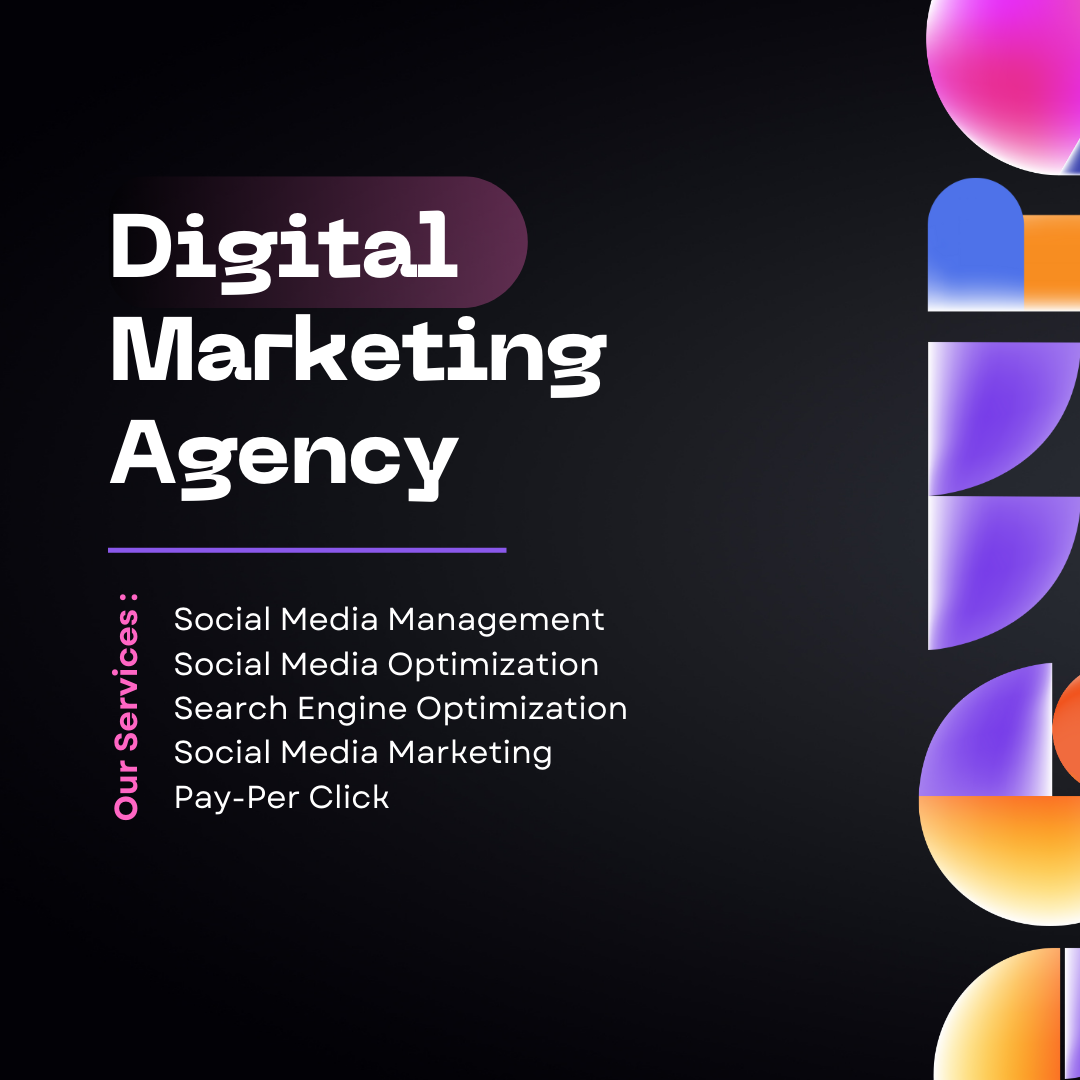The Ultimate Guide to Digital Marketing Services

Digital marketing has become an indispensable tool for businesses of all sizes looking to expand their reach and drive growth. This comprehensive guide explores the key components of digital marketing services, providing you with a roadmap to navigate the digital landscape effectively.
1. Search Engine Optimization (SEO)
SEO is the practice of optimizing your website to rank higher in search engine results pages (SERPs). This involves a combination of on-page SEO, off-page SEO, and technical SEO.
– On-Page SEO: This includes optimizing individual web pages by incorporating relevant keywords, improving meta tags, and enhancing content quality.
– Off-Page SEO: This involves activities outside your website, such as backlink building, social media engagement, and influencer marketing, to improve your site’s authority and relevance.
– Technical SEO: This focuses on the backend of your website, including site speed, mobile-friendliness, and structured data, to ensure that search engines can easily crawl and index your site.
2. Content Marketing
Content marketing revolves around creating and distributing valuable, relevant, and consistent content to attract and engage a target audience.
– Blogging: Regularly publishing blog posts helps to drive organic traffic and establish your brand as an industry authority.
– Video Marketing: Videos are highly engaging and can be used on platforms like YouTube, social media, and your website to reach a wider audience.
– Infographics: These visually appealing graphics help convey complex information quickly and are highly shareable on social media.
– E-books and Whitepapers: These in-depth resources can be used to capture leads by offering them in exchange for contact information.
3. Social Media Marketing
Social media marketing involves using platforms like Facebook, Instagram, Twitter, LinkedIn, and TikTok to promote your brand and engage with your audience.
– Content Creation: Develop a mix of content types, including text posts, images, videos, and live streams, tailored to each platform.
– Advertising: Utilize paid social media ads to target specific demographics and increase your reach.
– Community Engagement: Actively interact with your followers by responding to comments, messages, and participating in discussions.
4. Pay-Per-Click Advertising (PPC)
PPC advertising allows you to place ads on search engines and other platforms, paying only when a user clicks on your ad.
– Google Ads: Create search, display, and video ads to reach users on Google and its network.
– Social Media Ads: Platforms like Facebook, Instagram, and LinkedIn offer PPC options to target specific audiences based on their interests and behaviors.
– Retargeting: Show ads to users who have previously visited your site but did not convert, encouraging them to return and complete a purchase.
And More
- Art
- Éducation
- Automobile
- Causes
- Crafts
- Dance
- Drinks
- Film
- Fitness
- Food
- Jeux
- Gardening
- Health
- News
- Literature
- Music
- Networking
- Autre
- Party
- Religion
- Shopping
- Sports
- Theater
- Wellness


